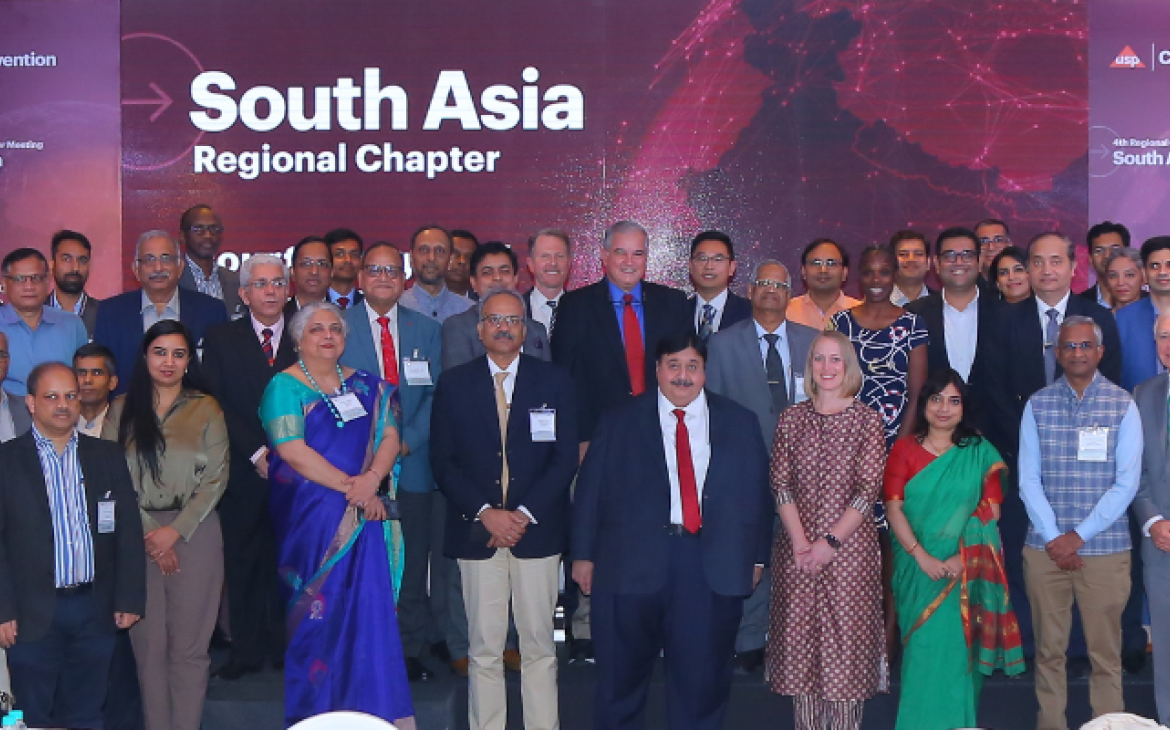
Food Fraud Tool Is Designed to Identify Vulnerabilities in the Supply Chain for Food Ingredients.
Food fraud is more than an economic concern for both the food industry and consumers. It’s a potential safety concern. Any intentional alteration to the composition of a food without disclosure to the seller opens the window to potential safety risks. With growing global supply chains, ingredients and products traveling through many countries before they reach supermarket shelves and ultimately our families, consumers are increasingly demanding to know more about the quality of the food they eat.
Globalization of the food supply chains has helped make possible the wonderful, diverse and affordable food supply that we all enjoy today. At the same time it has increased the complexity, scale, and dynamics our food system opening new doors of opportunities for fraudulent adulteration. While dealing with the threat of adulteration is the responsibility all stakeholders in the food supply system, industry is at the forefront of this emerging threat.
This is reflected in the Preventive Controls for Human Food rule finalized by the U.S. Food and Drug Administration (FDA) in September of this year as part of the Food Safety Modernization Act (FSMA). The rule requires facilities to identify and evaluate known and reasonably foreseeable hazards as part of their hazards analysis and implement controls to mitigate these hazards. This includes hazards that may be introduced as a result of economically-motivated adulteration (EMA).
How can organizations identify potential EMA threats as part of hazards analysis? This is where USP can play a pivotal role. USP’s Food Fraud Database launched in 2012 was designed to help answer this question by taking a look into the past. The database provides the information necessary to identify ingredients with a past pattern or history of adulteration and the adulterants used—a perfect fit for the EMA requirement in FSMA. The database has been highly successful since its launch with more than 140,000 users from 194 countries documented.
But what comes next when an organization identifies an ingredient with a pattern/history of EMA? How do they determine whether the ingredient may introduce potential food safety hazards and how to develop a control plan in response? USP undertook a project in 2013 to answer not only these questions, but also to take a more holistic approach to identifying EMA vulnerable ingredients by looking at factors beyond history. To accomplish this, USP assembled a group of leading food adulteration experts to develop the next generation tool for EMA prevention. This resulted in a first-of-its-kind guidance document published by USP that offers a framework for the food industry to help develop and implement preventive management systems to deal specifically with EMA.
The Food Fraud Mitigation Guidance became official in the Food Chemicals Codex (FCC) in September 2015. The aim of the guidance is to assist manufacturers and regulators on how to identify the ingredients most vulnerable to fraud in their supply chains and how to choose effective mitigation tools to combat EMA. The guidance represents a significant leap forward in the battle against food adulteration – finally a way to get ahead of criminals engaging in EMA. The guidance provides not only a solution to deal with FSMA’s EMA provision, but goes beyond FSMA to help organizations fulfill upcoming Global Food Safety Initiative (GFSI) requirements to conduct a food fraud vulnerability assessment and control plan.
Ultimately, I believe the beneficiaries of this guidance are consumers. USP’s Food Fraud Mitigation Guidance is designed to help identify bad actors in the food arena as well as point to good actors, who are serious about the quality and safety of the products they offer.
I encourage you to learn more about USP’s food ingredients activities and to examine and consider USP’s Food Fraud Mitigation Guidance when evaluating how FSMA’s Preventive Controls rule applies to your food supply chain operations.
Jeffrey Moore, Ph.D., is the director of science for USP’s Food Standards program.
Related Resources
- Adulteration and Fraud in Food Ingredients and Dietary Supplements Workshop PLUS Food Fraud Mitigation Course, Dec 2–4 (Co-sponsors: USP, ABC, Food Protection and Defense Institute)


